Brood Parasite - The Violet Cuckoo
The Way Of Life Of Brood Parasites Like The Violet Cuckoo
BIRDS
Aniruddha Bhattacharya
12/23/20243 min read
South Andaman | Pics : 1 - 9 = Male ; Pics : 10 - 12 = Female Violet Cuckoo
This was unexpected. My method of learning so far has been to shoot first and ask questions later. It’s a method that keeps my sightings exciting and trips happy. Just some sightings, like the one of these guys are so wonderful that they get me giggling like my little boy. Never did I imagine a cuckoo in reflective violet. Social media had me convinced that I’d have to see South America to see colorful birds. I guess that’s just another marketing machine at work after all huh? I mean, I’m not dropping any plans just yet but nature’s been pretty fair in her distribution of beauty and variety is what I’m learning the more birds I chase. Well, turns out that these guys are pretty common in South East Asia and meeting them was quite a gorgeous surprise that I’m so happy to have received.
Cuckoos are famous for being brood parasites. After mating, the females become secretive and change to Ninja mode of sorts to hunt out a fitting nest for their young. She will most likely select host parents of the same species that reared her and lay her eggs in their nest. Host species recorded for the violet cuckoo are sunbirds and spider hunters. Host species apparently recognize cuckoo adults as threats but not the chicks and that’s where Cuckoo mum’s Ninja skills come into play. She has to pick her mark strategically as a nest in the middle of enemy territory would be no good for her. It has to be somewhere she can be in and out of fast so as to not blow her cover. Hosts are known to abandon nests taking their own eggs with them if they get wise on the Cuckoo mum. Some hosts are even known to throw out the Cuckoo eggs if they see them being laid. Cuckoo mums in turn have been seen throwing out one or more of the hosts eggs in case the nest is too full of eggs after she’s done laying her lot. Our Ninja has developed her own bag of tricks to ensure the survival of her young. She lays fast, much faster than other birds to be in and out undetected. The coloration of her eggs closely mimic the eggs of the host. She herself may mimic the calls of the host’s enemy birds to distract them while she goes about her secret mission of life. She may also enlist her male to distract the hosts while she does her laying business. Now, when the chicks hatch, it’s usually the cuckoo that hatches first and although other Cuckoo chicks have been seen pushing the other eggs out of the nest, such behavior has not been reported in our violet kinds case yet.
Cuckoos get a lot of flak from us humans cause they do what they do. But then, we’re the judgmental ones with the standards that we have set based on our own ways of doing things. Ways that were dictated by evolution as much as choice. The Cuckoo’s way is inherently different. Lazy isn’t it in any circumstance cause finding suitable hosts and executing the laying of secret eggs is not an easy process by any standard. Add to that, the energy that goes into producing similar eggs, mimicking calls, etc. Every creature’s mission purpose is the growth of its species. Now some birds incubate a few eggs themselves to achieve that, while brood parasites chose a different route at some stage of evolution, which was to lay a lot of eggs in different places. Each strategy has its own merits and risks. Africa has Honeyguides, Indigobirds, Vidua Finches, Whydahs and Cuckoos. North America has Cowbirds and we know the Koyel well in India. Many species of birds from around the planet chose this method for the survival of their species. What’s even more interesting that even birds like ducks will lay some eggs in their neighbor’s nests cause, just in case.
Having five or six children was the norm for us humans two generations ago. Now, we barely consider more than two ourselves. Hey ! We’re all doing the evolution here. That’s just what it is. My beautiful Violet Cuckoos included.
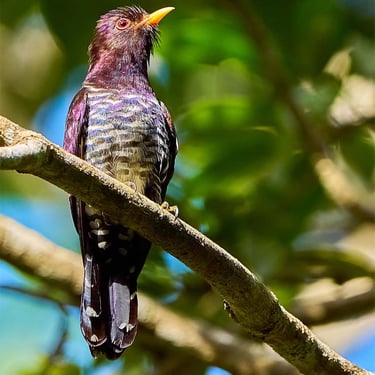
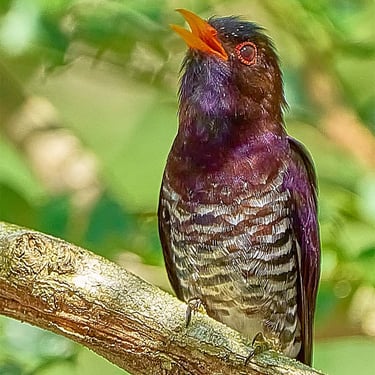
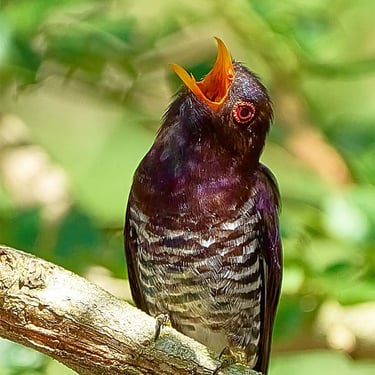
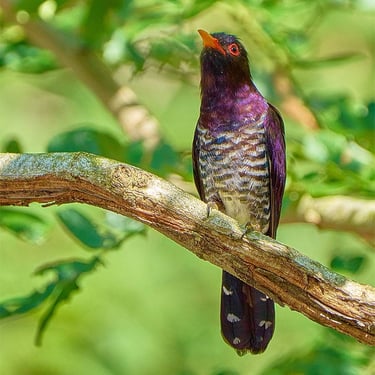
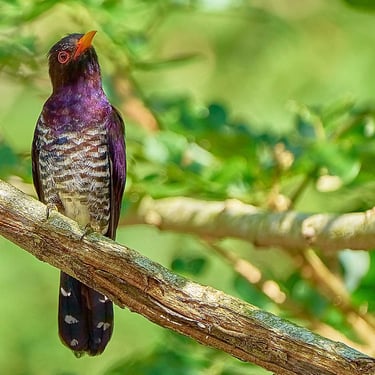
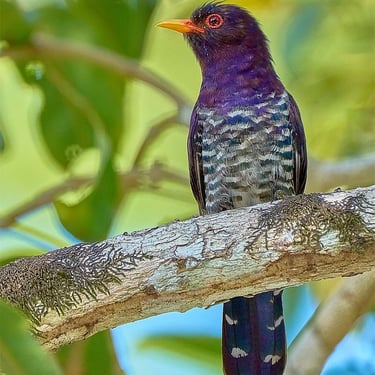
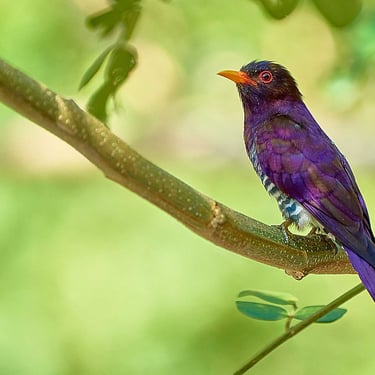
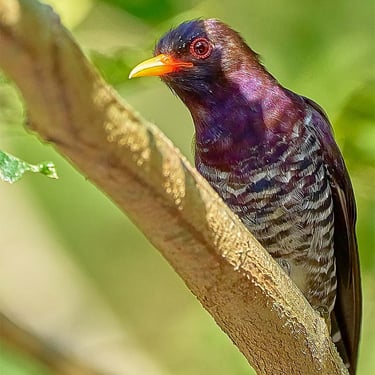
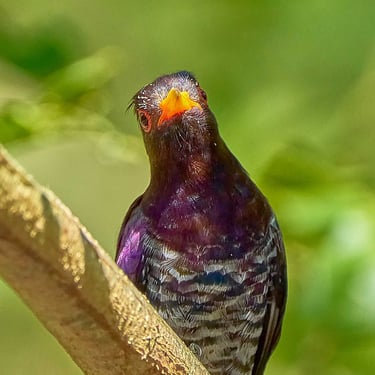
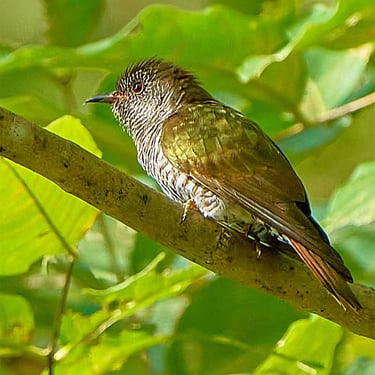
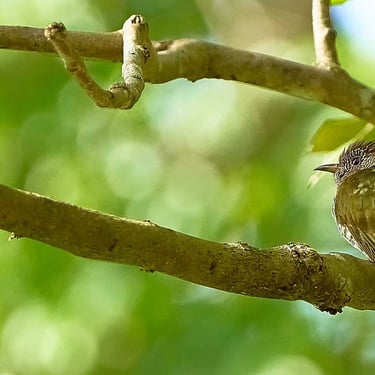
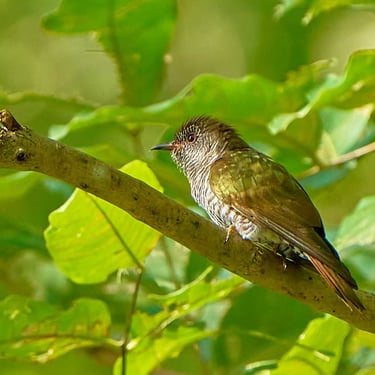
© 2025. All rights reserved.
